1940 Pontiac DeLuxe Six 76815 Miles Parma Wine 4 Door Sedan 223 cubic inch inli
1940 Pontiac DeLuxe Six -- for sale in Local pick-up only
| Condition: | Used |
| Item location: | Local pick-up only |
| Make: | Pontiac |
| Model: | DeLuxe Six |
| Type: | 4 Door Sedan |
| Trim: | -- |
| Year: | 1940 |
| Mileage: | 76815 |
| VIN: | P6HA81170 |
| Color: | Parma Wine |
| Engine size: | 223 cubic inch inline-6 |
| Power options: | -- |
| Fuel: | Gasoline |
| Transmission: | Manual |
| Drive type: | -- |
| Interior color: | Gray |
| Options: | -- |
| Vehicle Title: | Clean |
| Want to buy? | Contact seller! |
Description for Pontiac DeLuxe Six 1940
For those of you who are looking for an inexpensive way to get into the old car hobby that isn't an '80s leftover, or if you're a Pontiac guy whose collection is lacking a pre-war Poncho, we might suggest this handsome 1940 Pontiac DeLuxe sedan. The low price doesn't reflect the quality, and just as it was in 1940, you're getting a lot of car for your money. It also offers great road manners, a handsome, understated look that's the... pinnacle of GM's torpedo styling, and a big, comfortable interior that's ideal for the hobbyist with a family. For a car that's ready to go right away, this is a screaming bargain and you might just find that you enjoy driving this vintage Pontiac as much as anything with twice the horsepower. The Pontiac DeLuxe shared its bodywork with the considerably more expensive Buick Special, so it gets its looks honestly. It was an all-new design in 1939, and the forward-swept C-pillar and rounded curves gave it a very contemporary appearance that's quite handsome today. Headlights were merged with the fenders for the first time and turn signals were integrated into the design, front and rear. It was the final appearance of running boards, which, if you're going to have your first old car are practically mandatory, and there was a long list of accessories that would take your Pontiac to the next level. This particular DeLuxe sedan wears what Pontiac would have called Parma Wine—a terrible name for an appealing burgundy color that is exactly right for 1940. The cowl tag says this one was originally black, but when it was repainted about 15 years ago, they did an extremely thorough job and erased almost all traces of black paint, including the door jambs and in the trunk—that's not cheap or easy to do. Fit and finish are extremely good, particularly for a car in this price class, and the shiny finish you see in the photos is exactly how it appears in person. There are some very minor signs of age, including a few chips down low on the nose and some polishing marks, plus some micro-blisters on the deck lid (likely due to prep before the paint), but nothing substantial and we can find no evidence of rust or rot anywhere on the car. All four doors fit well and close with that solid sound that modern cars just can't duplicate and even the large clamshell hood snugs down easily. Even little details like the windlace around the rear fenders and the running board covers are correct and very well done. This Pontiac is surprisingly well dressed for something in the mid-price bracket, including one of the first instances of the famous Pontiac split grille. The "silver streaks" down the center of the car are another Pontiac trademark that continued well into the '50s and those vents on the side of the hood are fully functional. You'll also note the handsome split front bumper, bright stainless trim around the windows, and accessory fog lights up front. Most of the chrome appears to have been restored and is in very good condition, including the ornate Chief Pontiac hood ornament that still shows great detail. This car look a lot more expensive than it is. I can't find a source to tell me what trim code 92 might be, but the striped gray wool broadcloth interior looks very correct in the vintage Pontiac's interior. Matching door panels and gray carpets are in excellent shape and the seats remain firm and comfortable, even for long hauls. Details like the steering wheel, steering column, and emergency brake were painted to match the gauge surround and we like the two-tone look that brightens the interior. The plastic wheel remains in excellent condition and it appears that the gauges have been rebuilt because they have bright, clear markings. "Fingertip control" shifting was in its second year at GM, and the shifter moves through the gates crisply without any of the vagueness that you get with worn-out linkages and you'll note that the fog lights use a period "Unity" fog light switch. There's also a second set of controls for the add-on heater/defroster unit, which is sophisticated enough to include a water shut-off control to eliminate hot water circulating during summer months—it really helps improve comfort! Of course, you also get a cowl vent and vent windows, so staying cool on hot days isn't a challenge. The original AM radio remains in the dash, but it and the clock are not operational, which is pretty typical. On the plus side, there's a massive back seat that's comfortable for three passengers and a neatly trimmed trunk that includes a full-sized spare and jack assembly stashed in the tool tray. Pontiac's rugged 223 cubic inch inline-6 is one of those engines that punches way above its weight class. With 87 horsepower, it doesn't seem like much on paper, but performance on the road is more than competent. There's plenty of low-end torque to get you rolling and it cruises happily at 60 MPH without much noise at all. Nice! It's also rugged, with good parts availability and simple systems that even a novice can understand and easily maintain. It starts quickly every time, and settles into a very smooth idle that once again belies its reasonable price tag. The original heavy-duty oil bath air cleaner features correct decals and the block is painted a proper shade of corporate turquoise to standout in the black engine bay. Throttle response is crisp and by 1940, the choke was fully automatic so all you have to do is turn the key and go! And don't worry, even after you buy it, it's easy to live with because it'll run happily on the cheapest gas you can find. The 3-speed manual transmission has the right ratios to make the most of the engine's torque and it shifts easily with light clutch action. For the most part, you don't even need first gear around town and there's enough pull that third gear will do most of the work for you. Part of that is due to the 4.10 gears in back, which help make it feel punchy and agile around town. GM's familiar "knee action" fully independent front suspension delivers a luxurious ride and it even has a sway bar to help improve handling. Manual drum brakes are part of the package, but they're plenty strong for the car's performance and with good pedal feel you won't miss power discs even a little. Note that we don't believe the body has ever been off the frame, but the floors are incredibly clean and there's just no evidence that this car has ever been rusty or wrecked. A newer exhaust system was painted black to help it blend in and it has just the right 6-cylinder grumble to sound like one of those old movies. Pontiac was an early adopter of tube-style shocks, so that's another area where the car is inexpensive to maintain, and ride quality is luxury car smooth. Factory steel wheels wear hubcaps and trim rings, as well as a set of flashy 6.50-16 Goodyear wide whites. This is a really easy car to like. It has obviously led an easy life and someone spent good money in the not-too-distant past to restore the paint, chrome, and interior. Reliability is excellent and it drives as easily as a modern car, making it a fantastic choice for the first-time hobbyist. Forget all the people telling you that old cars can't be used in the real world—one drive in this fantastic little Pontiac will prove that the General was getting it right even in 1940. Call today!



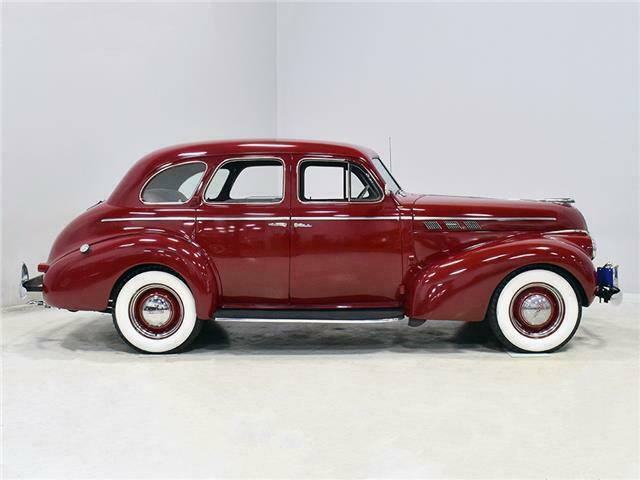
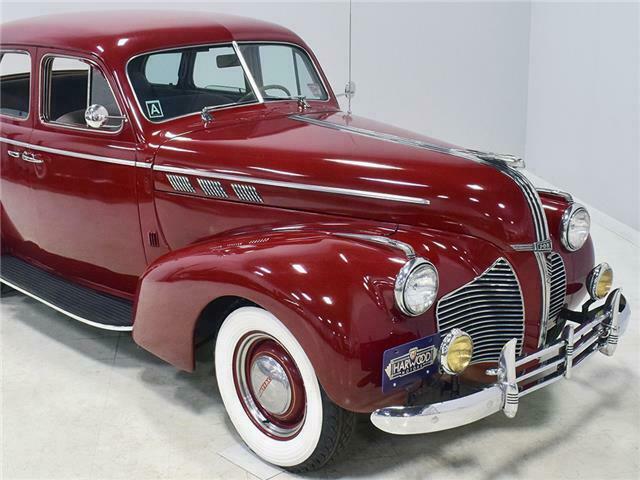
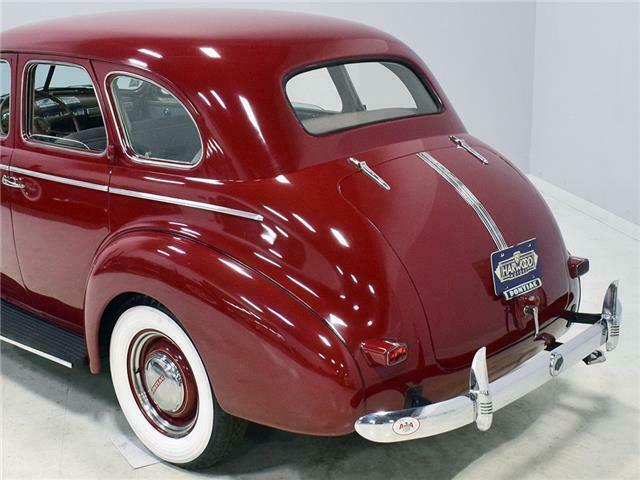
 1939 Pontiac 2-Door Sedan 37511 Miles Silver Blue 350 cubic inch supercharged
1939 Pontiac 2-Door Sedan 37511 Miles Silver Blue 350 cubic inch supercharged
 1986 Pontiac Firebird Trans Am Coupe 2-Door 406 Cubic Inch
1986 Pontiac Firebird Trans Am Coupe 2-Door 406 Cubic Inch
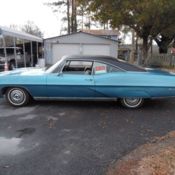 1967 pontiac bonneville 2 door hard top coupe 400 cubic inch 325 horse power YF
1967 pontiac bonneville 2 door hard top coupe 400 cubic inch 325 horse power YF
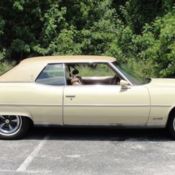 1974 PONTIAC GRAND VILLE BEIGE 2 DOOR HARDTOP 455 CUBIC INCH V8 RUNS GREAT A/C
1974 PONTIAC GRAND VILLE BEIGE 2 DOOR HARDTOP 455 CUBIC INCH V8 RUNS GREAT A/C
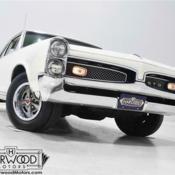 1967 Pontiac GTO 15690 Miles Ivory 400 cubic inch V8 Automatic
1967 Pontiac GTO 15690 Miles Ivory 400 cubic inch V8 Automatic
 1966 Pontiac GTO Hardtop 37930 Miles Montero Red 389 cubic inch V8 2-speed aut
1966 Pontiac GTO Hardtop 37930 Miles Montero Red 389 cubic inch V8 2-speed aut
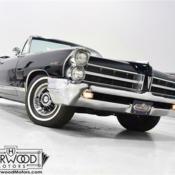 1965 Pontiac Catalina 30997 Miles Black 2+2 Convertible 421 cubic inch V8, Tri-
1965 Pontiac Catalina 30997 Miles Black 2+2 Convertible 421 cubic inch V8, Tri-
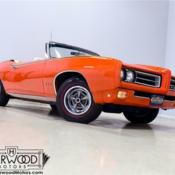 1969 Pontiac GTO 6458 Miles Carousel Red Convertible 400 cubic inch V8 Manual
1969 Pontiac GTO 6458 Miles Carousel Red Convertible 400 cubic inch V8 Manual
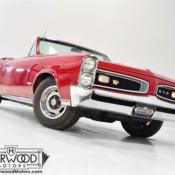 1966 Pontiac GTO Convertible 35070 Miles Montero Red 389 cubic inch V8 2-speed
1966 Pontiac GTO Convertible 35070 Miles Montero Red 389 cubic inch V8 2-speed